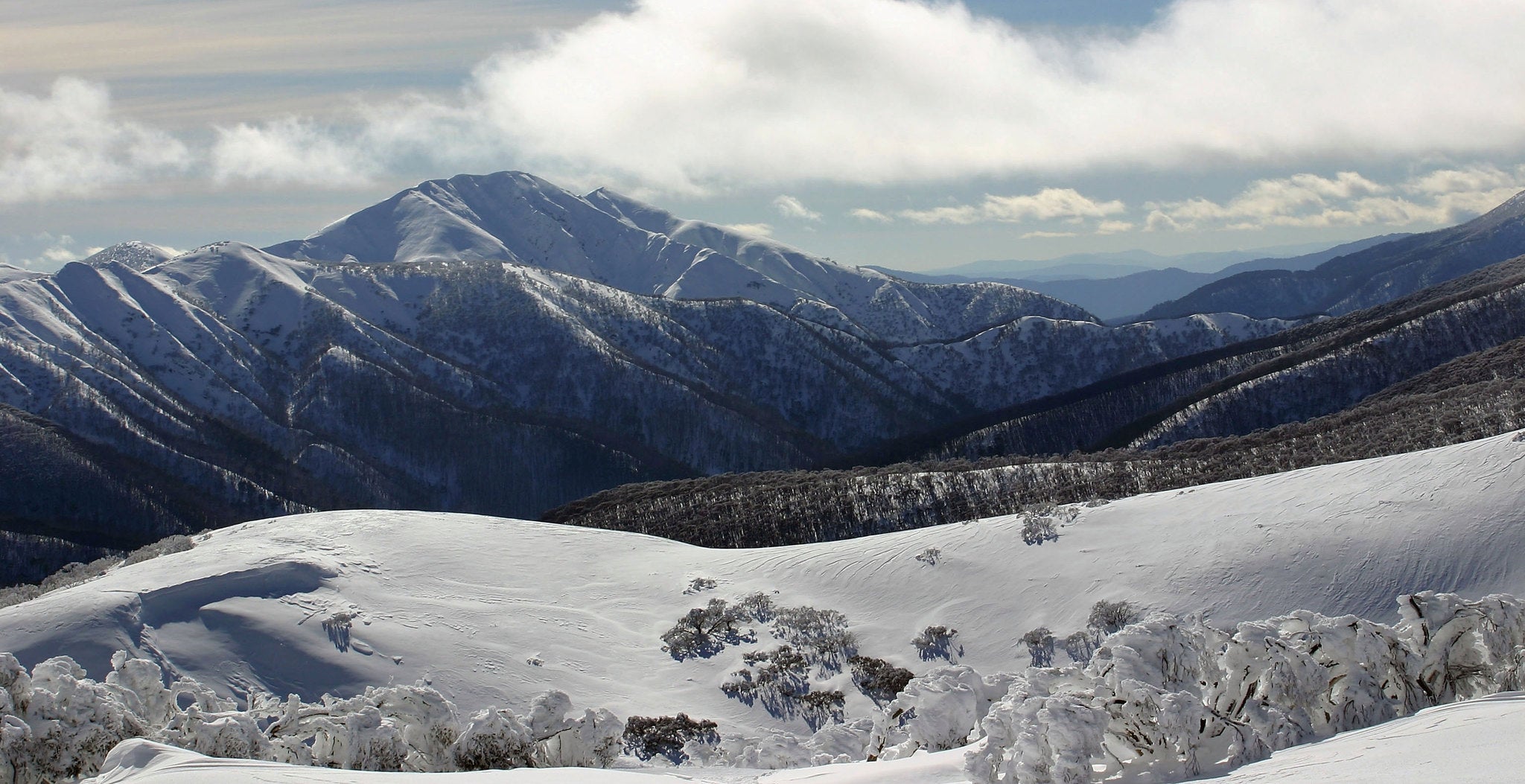Discover About the Unique Weather Patterns That Cause Snow In Australia Each Season
Discover About the Unique Weather Patterns That Cause Snow In Australia Each Season
Blog Article
The Various Types of Snow in Australia and Their Influence on Winter Sports
Australia, known for its sun-soaked coastlines, is additionally home to a diverse range of snow problems that dramatically influence wintertime sporting activities. The adhering to exploration will go over the implications of these snow types on wintertime sporting activities performance.

Understanding the Characteristics of Various Snow Types
While several assume that snow is a homogeneous entity, it is necessary to understand that there are different types, each with special characteristics. In Australia, these variants are specifically obvious because of climatic diversity. Coastal snow, found in areas such as the Snowy Hills, is generally wetter and denser due to high wetness material, making it ideal for snowball fights or constructing snowmen. On the other hand, the snow discovered in the indoor areas like the Australian Alps is drier and lighter, usually compared to a fluffy powder. These differences in snow type aren't simply visual; they substantially effect winter months sports, dictating the simplicity of motion, the speed achievable, and the degree of control required from professional athletes.
The Impacts of Powder Snow on Skiing and Snowboarding
In spite of its light and fluffy look, powder snow in the Australian Alps provides both one-of-a-kind challenges and opportunities for wintertime sports enthusiasts, particularly those involved in snowboarding and snowboarding. The forgiving and smooth surface of powder snow likewise lowers risk of injury during falls, making it a favored option for extreme winter months sporting activities.

The Obstacles and Benefits of Jam-packed Snow in Winter Sports
Changing emphasis from the loose, completely dry powder snow, another common sort of snow in the Australian Alps is packed snow, posturing its own set of challenges and advantages in the world of wintertime sports. This denser, a lot more solidified kind of snow supplies a quicker, slicker surface, benefiting sporting activities like downhill snowboarding and snowboarding, improving speed and precision. Nevertheless, the same features likewise existing difficulties. Its hard surface area can be risky, enhancing the potential for injuries throughout falls. Additionally, navigating turns and regulating rate can be tough on jam-packed snow, requiring greater ability degrees from professional athletes. In spite of these difficulties, packed snow remains a critical component in lots of wintertime sporting activities, forming the performance and strategies of athletes.
The Function of Wet Snow in Australian Winter Gamings
In contrast to the thick, slick surface of jam-packed snow, damp snow plays a totally various duty in Australian winter season games. Snow In Australia. Its malleability makes it perfect for snow sculpting events and for fortifying snow structures in sports like snow ft fights.

Exactly How Slushy Snow Influences Winter Months Sports Performance
Continuing the exploration of differing snow conditions in Australia, the influence of slushy snow on winter sporting activities is one more intriguing factor. Slushy snow, arising from warmer temperature levels or direct sunshine, presents one-of-a-kind obstacles to athletes. It reduces rate and calls for enhanced physical effort as the equipment sinks into the soft, water-saturated snow. In you can check here skiing and snowboarding, slushy problems can affect the predictability of jumps and turns, boosting the risk of accidents. For snowmobiling, the maker's performance may be impeded as it struggles to keep traction. Thus, slushy snow transforms the winter months sports landscape, requiring not just heightened physical effort from athletes yet additionally a higher emphasis on safety and security preventative measures.
Adapting Winter Season Sports Techniques to Numerous Snow Conditions

Conclusion
In final thought, Australia's varied snow kinds substantially affect winter sporting activities efficiency. Each kind, from the slick coastal snow to the drier indoor powder and the hefty, sticky damp snow, presents unique difficulties and benefits. Thus, professional athletes must adapt their techniques to navigate these varying problems successfully. The snow's formative role underscores the significance of understanding its features to optimize efficiency and security in Australia's winter months sporting activities landscape.
Changing focus from the loosened, completely dry powder snow, another prevalent explanation type of snow in the Australian Alps is packed snow, posing its very own collection of challenges and benefits in the world of wintertime sporting activities - Does It Snow In Australia.In comparison to the dense, glossy surface area of stuffed snow, damp snow plays a totally various duty in Australian winter season games. Its malleability makes it more information perfect for snow sculpting events and for fortifying snow frameworks in sports like snow ft battles.Proceeding the exploration of differing snow problems in Australia, the impact of slushy snow on wintertime sporting activities is one more interesting aspect. Each kind, from the glossy coastal snow to the drier indoor powder and the heavy, sticky damp snow, offers one-of-a-kind challenges and benefits
Report this page